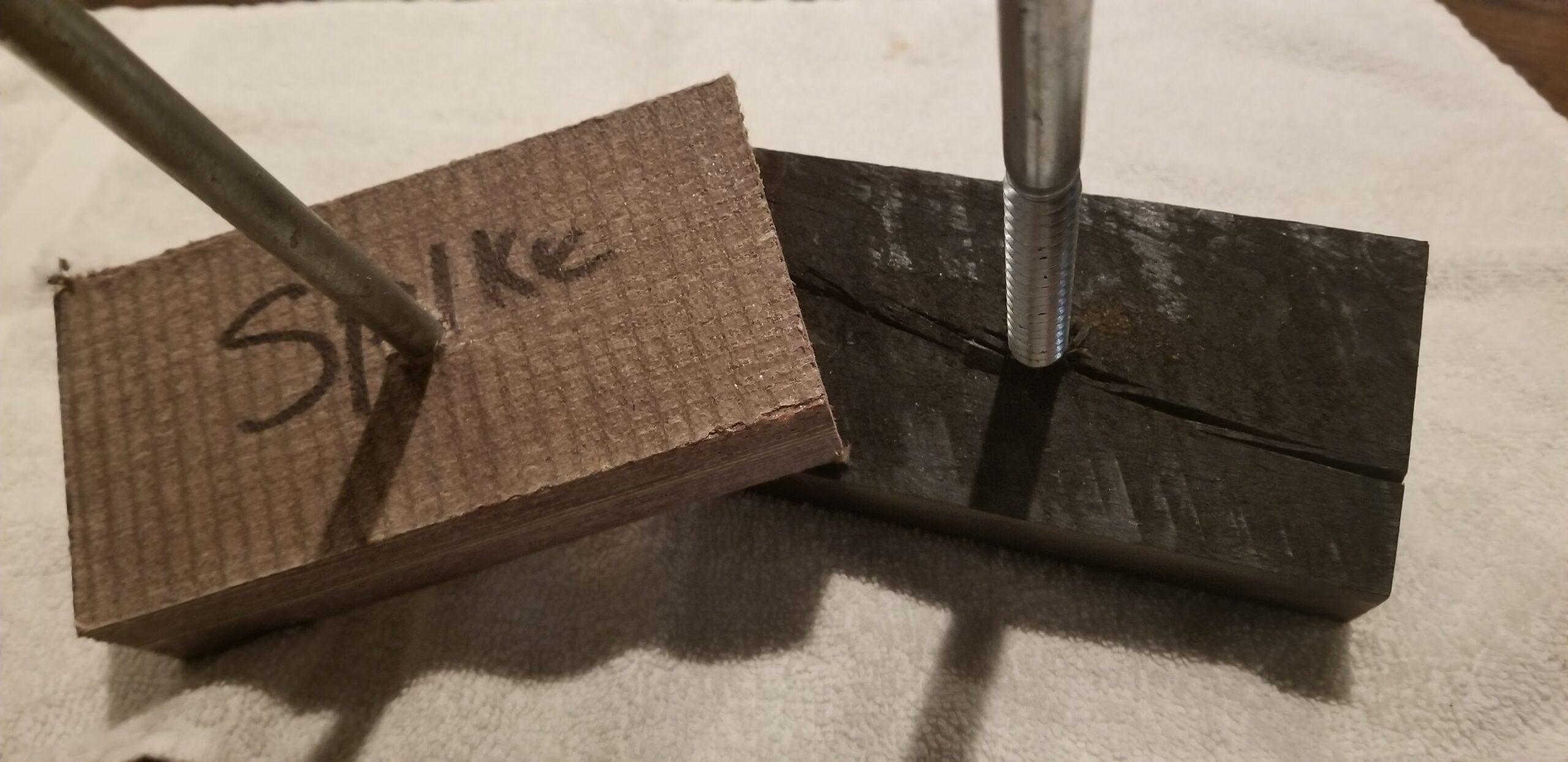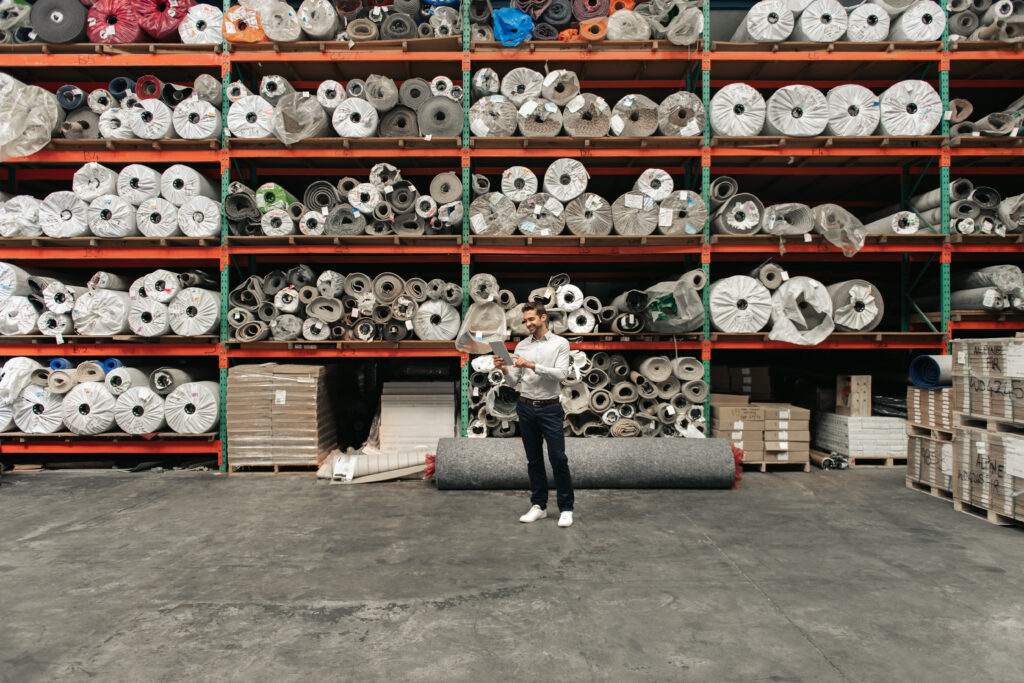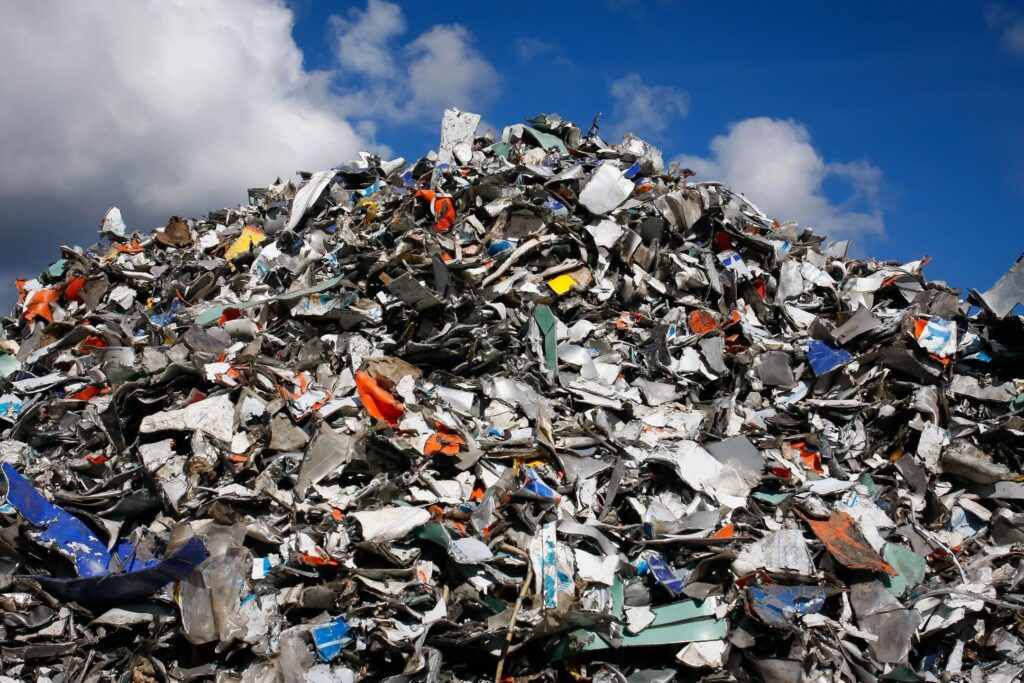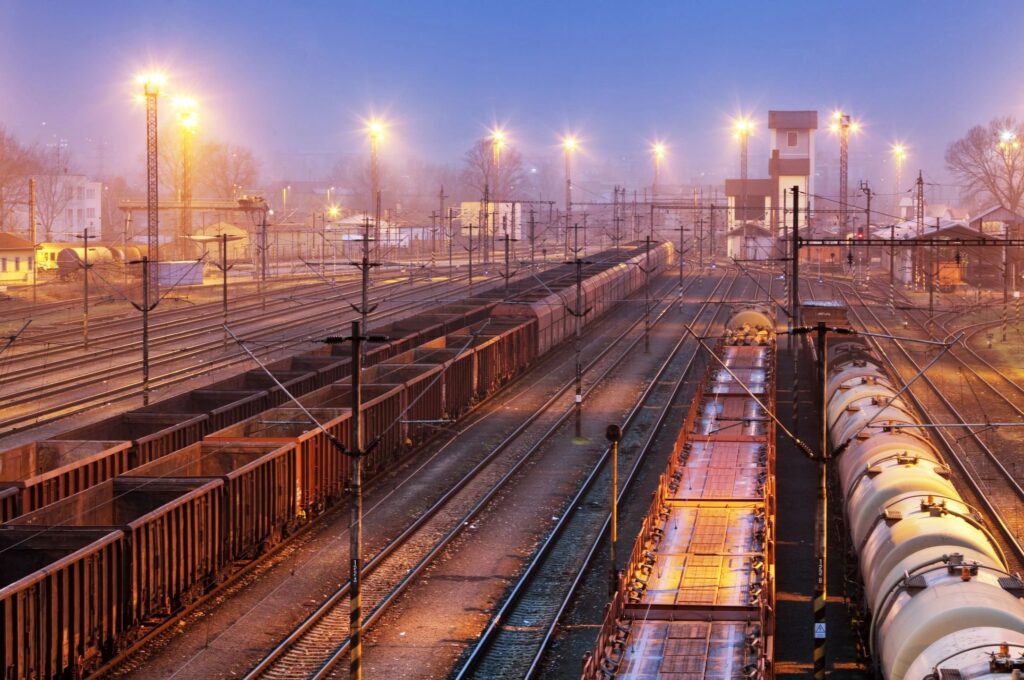
Why ACR?
Management: Our team has 40+ years of highly successful experience in composite manufacturing and plant logistics. Their composite crosstie product is ideal for new and replacement operations of railroad track. ACR’s technology provides a superior product to timber and other materials, with our one-step manufacturing process ensuring competitive pricing. Contact ACR’s David Lester for more information.
NSF: In 2024, the National Science Foundation awarded ACR a Small Business Innovation Research Phase I Grant to develop railway crossties from repurposed waste carpet.
Our Product’s Strengths
• Strong and durable, similar weight and stability as timber.
• Customizable for desired mechanical properties, fits wooden crossties for easy replacement.
• Longer service life with less maintenance needed.
• Lighter weight and improved installation make it highly competitive.

The spike test above shows ACR’s composite sample is stronger than the timber tie, which cracked during the test.
ACR’s Advantages
Certification: A local laboratory has tested our prototypes against oak ties and confirmed that they meet and exceed standards. ACR can manufacture and deliver samples for field testing to both regulated and unregulated customers.
Value Based Pricing: Using our patented processing technology and manufacturing expertise, we will produce customized, weatherproof lumber substitutes that surpass industry standards and outperform wood, concrete, steel, and other competitors’ products. Most importantly, our products are expected to last over 50 years, which outlast our competition.
Cost Efficient Solution: Overtime, our composite crossties offer significant cost savings due to reduced replacement operations and lifecycle costs, especially in hot and humid regions.
Green Process: ACR’s product reduces CO2 emissions and eliminates toxic discharges compared to creosote or CCA treated wooden crossties. Additionally, it significantly decreases the amount of used and discarded carpet deposits in landfills.
Environmental Advantages: Recycled carpet used in crosstie applications performs well, lasts longer, and offers environmental benefits due to its resistance to rot, insects, and harmful preservatives.
Below is a carpet warehouse, where the lifecycle of a carpet begins but usually ends in landfills. ACR uses the wasted carpets to make superior railway crossties needed everywhere, especially in hot and humid areas.




